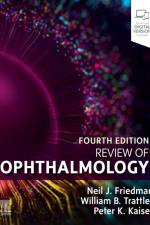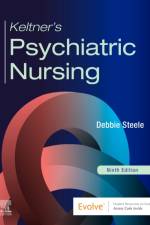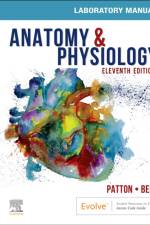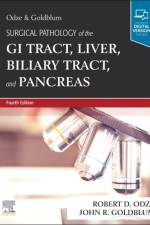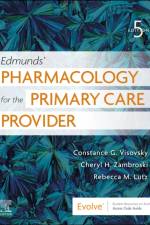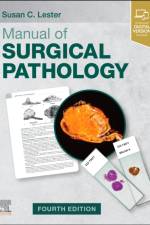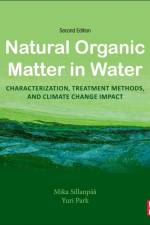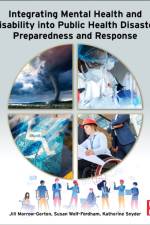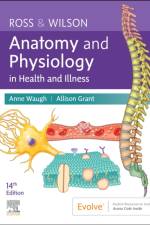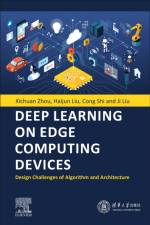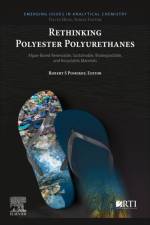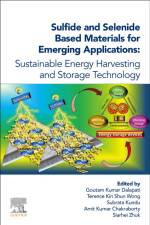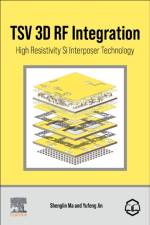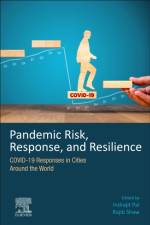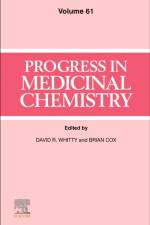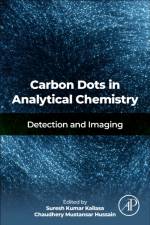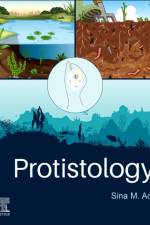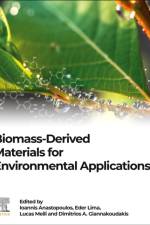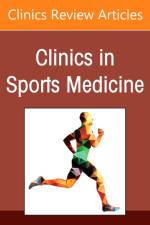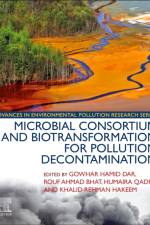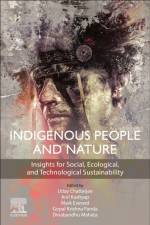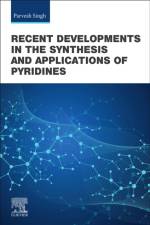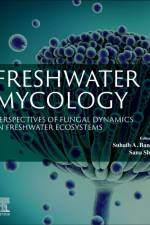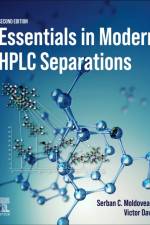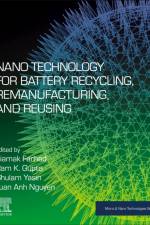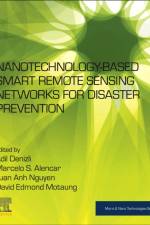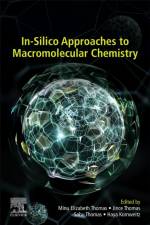av Kevin T. Patton
1 315
Gain the hands-on practice needed to understand anatomical structure and function! Anatomy & Physiology Laboratory Manual and eLabs, 11th Edition provides a clear, step-by-step guide to dissection, anatomy identification, and laboratory procedures. The illustrated, print manual contains 55 A&P exercises to be completed in the lab, with guidance including instructions, safety tips, and tear-out worksheets. Online, eight eLab modules enhance your skills with simulated lab experiences in an interactive 3-D environment. From noted educators Kevin Patton and Frank Bell, this laboratory manual provides you with a better understanding of the human body and how it works. Labeling exercises and coloring exercises make it easier to identify and remember critical structures examined in the lab and in lectures. Step-by-step "check-box" dissection instructions with accompanying illustrations and photos cover anatomical models and fresh or preserved specimens - and provide helpful guidance during dissection labs. Tear-out Lab Reports contain checklists, drawing exercises, and questions that help demonstrate your understanding of the labs you have participated in, and also allow instructors to check your progress. 250 illustrations include photos of cat, pig, and mink dissections, photos of various bones, microscopic and common histology slides, and depictions of proper procedures. Complete lists of materials for each exercise provide handy checklists for planning and setting up laboratory activities, allowing for easy and efficient preparation. Modern anatomical imaging techniques, such as computed tomography (CT), magnetic resonance imaging (MRI), and ultrasonography, are introduced to demonstrate how new technologies are changing and shaping health care. Review questions throughout the manual provide tools to reinforce and apply your knowledge of anatomy and function concepts. Eight eLabs improve the laboratory experience in an interactive digital environment. Convenient spiral binding allows for hands-free viewing in the lab setting. Hint boxes provide special tips on handling specimens, using equipment, and managing lab activities. Learning objectives at the beginning of each exercise offer a clear framework for learning. NEW! More photos of various types of bones help you learn skeletal anatomy. NEW! More microscope slide images, including "zooming in" at high-power magnification, help you learn microscopic anatomy. NEW! Updated lab tests align with what is currently in use in today's lab environment. NEW! Thorough revision of all chapters covers the latest anatomy and physiology lab exercises.

